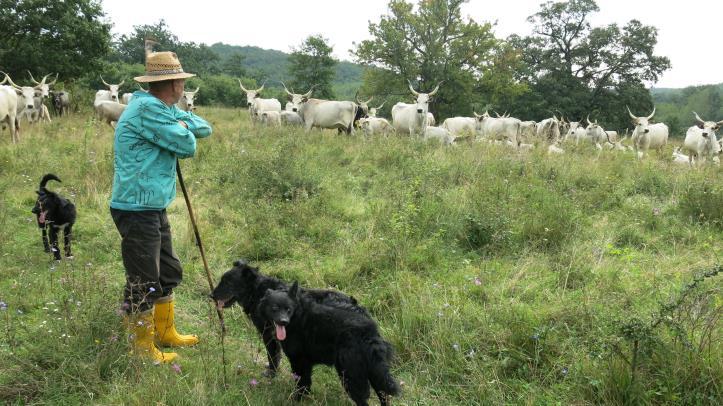
Pascolo in Bosco, Ungheria
Descrizione del sistema
Il pascolo in bosco è una antica pratica della tradizione ungherese che, tuttavia, ora è a rischio di scomparsa ed investe solo circa 5500 ha. Attualmente, vi è un rinnovato interesse per il fatto che al sistema viene riconosciuto un elevato valore culturale ed ecologico.
Meeting iniziale con gli stakeholders
Il meeting è stato organizzato tra il 29 ed il 30 agosto 2014 presso Bács-Kiskun e Tolna Counties nella parte meridionale dell’Ungheria e ha visto la partecipazione di 17 persone. Il workshop ha costituto anche il Primo Forum nazionale sull’agroforestry che si è tenuto in Ungheria. Durante il meeting è stato messo in evidenza che sebbene i sistemi silvopastorali siano antichi e tradizionali, poco si conosce riguardo al loro valore socio-economico e gestionale che andrebbe approfondito con adeguate azioni di ricerca.
Per maggiori informazioni, contattare Dr. Andrea Vityi (vityi.andrea@emk.nyme.hu).
Download the initial stakeholder report
Download the initial research and development protocol
Download the system description
A system description describing the wood pastures at Tűzkövesbörc and Bogyiszlói in Hungary was produced in November 2015.
Lessons learnt
Anna Varga and Andrea Vityi have produced a lessons learnt report based on their participative research on wood pastures in Hungary. Some of the outputs are:
- A review of literature highlighted that wood pastures and illegal forest grazing were the main forms of silvopastoral agroforestry in Hungary. There is some outdoor pig production with trees, acorn feeding of cattle, and wild fruit production.
- There are about 33 000 hectares of wood pasture in Hungary.
- Best practices for renewing wood pasture were studied at two sites in the counties of Veszprém and Tolna. The most appropriate practices depend on the history of land management, the environment, and the climate.
- The second half of the report explains how awareness can be increased through the branding of products and through education. The report explains how agroforestry has been incorporated into the curricula of a Hungarian primary school.
- With support of AGFORWARD researchers, Hungarian law was changed in September 2017 to enable grazing, where beneficial, in non-native forests.